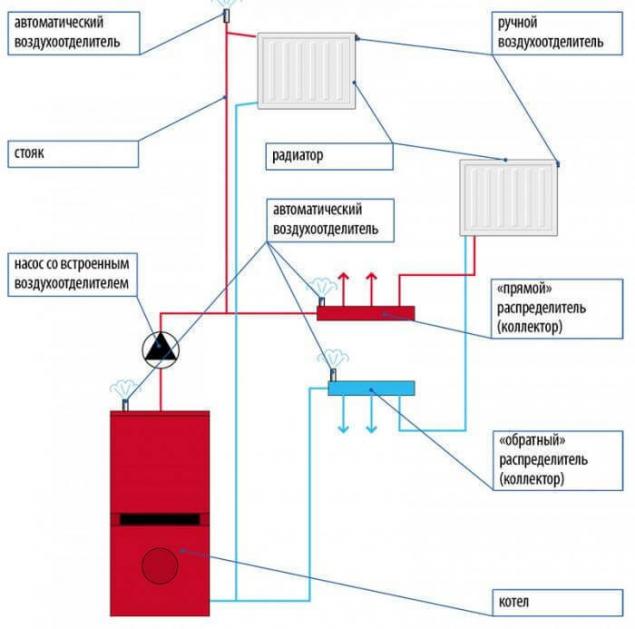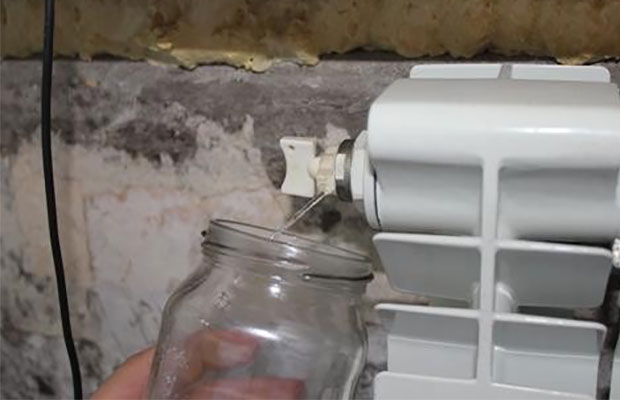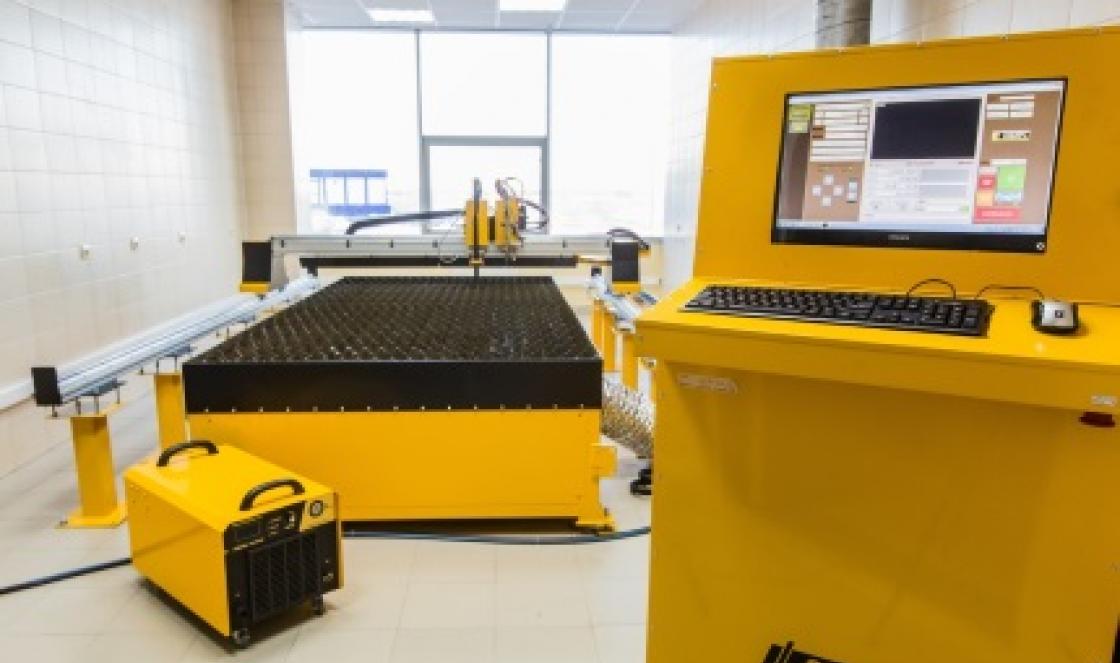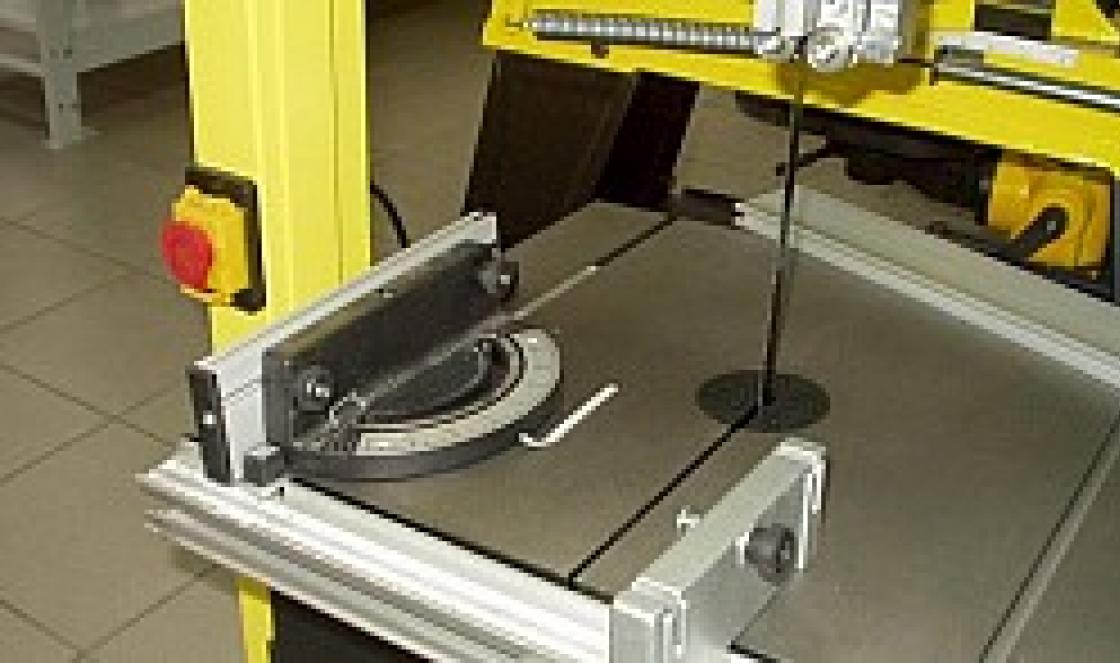Residents of private houses and city apartments often face "airing" of heating batteries. This means that an air lock has formed inside the system, which disrupts the proper circulation of the coolant through the pipes and, accordingly, does not allow the housing to be heated normally.
The main signs of battery airing may be atypical noises inside the system, vibration of pipes or too low heating of radiators.
Reasons why air enters the system:
Incorrect installation of the system itself, in particular - failure to comply with the required pipe slope. Incorrect (too fast) filling of the system before starting work. Leaky connection of pipeline elements. Carrying out repair and restoration work after an accident - during this period, air entering the system is inevitable. Other reasons are also possible - for example, corrosion of the inner surface of pipes or a high content of air dissolved in water.How to eliminate the air lock in the battery?
To avoid airing during the filling of the system, some rules should be observed. Filling with water is carried out from the bottom up, very slowly, so that the liquid has time to displace the air that has accumulated in the pipes. During the process, all taps (excluding those that drain water) must be opened; if water flows out of the tap, it means that the heating system is filled up to this level as it should be, and the tap can be closed so that the water rises higher.
If the plug has already formed during the operation of the system, it is necessary to release the accumulated air. For this, air vents are used - special devices of an automatic or manual type: the latter are also known as the Mayevsky crane. They are mounted in the most "problematic" parts of the system: on the end parts of radiators or in places where pipes are bent. The figure also shows other possible locations vent valve settings:

The automatic air venting device solves the problem of airing the batteries on its own, without user intervention. If a Mayevsky crane is installed in the system, it is necessary to open it with a special key; at the same time, a slight hiss should be heard (with such a sound air comes out of the radiator). As soon as it stops and water flows from the tap, the procedure can be completed and the valve closed again: this means that the air lock has been removed and the system has been restored to working order. published
Air in radiators is a fairly common problem for both residents of private houses and people living in an apartment. In almost any heating system, an air cushion sometimes forms, which must be eliminated by bleeding air.
In order to determine if there is air in your heating system, check if all batteries have the same temperature? Or maybe in one of the rooms the radiator is a little warm at the top and quite cold at the bottom, while in other rooms everything works fine? Most likely, this is the same air lock in the battery.
In no case should the presence of air in the heating system be ignored. If you think that the most a big problem because of the accumulated air - this is a cold battery at the height of the heating season, then you are very deeply mistaken.
Over time, metal corrosion and the process of “dry friction” in the battery bearings will begin inside the radiators, and as a result,.
Battery airiness can occur for several reasons:
- During the operation of the heating system, the water heats up, and air comes out of it in the form of bubbles, which collects in the upper part of the radiator.
- Air pollution may form after pipeline repair.
- The system must be filled slowly. Do not forget to control the lack of air in the radiators and distributors. And remember an important rule: the more different turns and radiators in the system, the slower it needs to be filled.
- Low-quality heating radiators that cannot be repaired.
How can an air lock be avoided?

How can air be removed
It is considered ideal when, during the installation of the heating system, a special Mayevsky crane is built into each battery, with which you can bleed air from each radiator separately.
You can also use an automatic air vent, which will autonomously control the entire heating system. Even with a perfectly functioning heating system, you still have to periodically bleed air from the batteries, but this will not cause much difficulty.
While filling the system, try to control the water pressure and the temperature of the radiators. If suddenly the water pressure starts to drop sharply, it means that the battery tightness is broken somewhere. If the temperature of the batteries is not stable, look for an air lock in the heating system.
If your batteries are equipped with automatic air vents, then you can sleep peacefully: they do all the necessary work for you to eliminate the airiness of the radiators. If the batteries are equipped with small manual taps, then you yourself need to carry out the entire procedure for removing air from the heating radiator.
Another important point is the pipeline itself. Quite often, an air lock can form in very difficult places in the pipeline, where there are many bends, turns or irregular slopes. In such areas, it is imperative to install additional air vents.
How to bleed air from the battery?
In order to eliminate air from the battery, you need to use a special Mayevsky crane, which is designed specifically for this.
Prepare a bucket of water ahead of time. In the upper right corner of the radiator you will find the Mayevsky tap, which must be unscrewed with a special key or a regular screwdriver. Do not forget to substitute a container where water will drain.
Listen for the sounds that the battery will make: at first you will hear a slight hiss, which indicates that there is indeed air in the battery, which means that you are doing everything right. Now water should drip from the battery, wait for the water to run in a thin stream, and tighten the tap into place.
There are times when the elimination of the air lock in the batteries did not bring any results, and the radiators still remain cold, then it is necessary to thoroughly rinse and blow out the battery.
If this procedure did not give anything, it is necessary to look for a problem in the heating system itself.
We hope that the material was useful to you. If it's not difficult, please press the buttons social networks- Let others read this article.
Have a nice day!
The air in the batteries interferes with the circulation of the coolant and reduces the heat transfer of the radiators. Therefore, it is customary to bleed (bleed) air from batteries. How it's done? You can learn about this from our article. Below in the text we will consider the process of removing traffic jams from heating systems with single-circuit, double-circuit and collector wiring.
Features of the wiring device
In modern homes, three types of wiring diagrams are used:
- single-circuit version with series connection of batteries,
- double-circuit version with parallel connection of radiators,
- collector version with a tie-in of each heating element in the distributor.
With a single-circuit scheme, all heaters are "strung" on a heating circuit thread and form an actually huge radiator. The double-circuit option involves laying two threads with a battery insert. The collector scheme is based on the connection of each element with the boiler using a distributor (collector).
As a result, a plug in a single-circuit circuit can block the entire circulation. This problem does not threaten the double-circuit and collector version. But if an air bubble gets into the water, then one of the radiators will stop heating the room.
Therefore, such a blockage must be removed from any wiring. And the faster the better. You can find out how this is done below in the text, where we will analyze the most effective methods for bleeding plugs from pipes and heating elements.
How to bleed air from a single-circuit system
To bleed air from you need to do the following: turn off the pump; add water by increasing the pressure; turn on the pump. The coolant flow will pick up the bubble and carry it into expansion tank. And if there is an open expander in your house, then the congestion will immediately go into the atmosphere.
If there is no pump in the wiring, then a boiler can be used instead. It must heat the coolant to the maximum temperature and then the air bubble will leave the water under the influence of pressure generated as a result of thermal circulation.
In closed single-circuit lines, it is customary to insert a separate outlet into the wiring with a valve at the end, the end of which is the highest point of the wiring. With this outlet, you can bleed air by opening the valve. Moreover, if the plug does not leave the pipes and heaters immediately, then you will have to repeat the manipulations with the pump and the valve for supplying water to the heating from the water supply.
In addition, it would be nice to embed into the extreme heater, the exit from which leads to the return pipe of the boiler, the Mayevsky assembly or a conventional ball valve. As practice shows, the bubble most often accumulates precisely in the upper part of the last battery of single-circuit wiring.
How to remove air from a double-circuit wiring
To remove the congestion from you, you need to screw the Mayevsky crane into the radiator in advance, even at the installation stage. This valve is designed specifically to remove air from the heaters. And without it, it will be extremely difficult to remove the cork.

Well, the process of draining the congestion from the heating system is as follows:
- 1. Open the valve on the water supply from the water supply to the heating.
- 2. We put a bucket of 5 liters under each drain.
- 3. We open all Mayevsky's taps.
- 4. We wait until only water comes out of the drains.
- 5. Close the taps, close the valve and pour out the water from the buckets.
The pressure of water from the plumbing removes the cork, pushing it through open faucet Mayevsky. And if there is a little liquid between the drain and the air bubble, then it will simply drain into the substituted bucket. Well, after only water comes out of the drain, you can close it and turn off the supply from the water supply.
In this case, it is not necessary to turn on the boiler or pump. The necessary pressure is generated by the water supply itself. Moreover, in closed circuits, before opening the valve on the fluid supply line from the water supply, it is necessary to lower the nipple of the expansion tank, relieving pressure in the pipes and heaters.
How to remove an airlock from the collector system
Bleeding plugs from collector system heating is possible only if the same Mayevsky faucets are available. They cut into the free upper corner of the heating element during the assembly phase. Moreover, the collector structure is cleaned of congestion almost in the same way as double-circuit heating lines.

To do this, you need to substitute a bucket under the tap on the radiator, close the valve on the return manifold, cutting off the heater from the boiler, and supply water from the water supply to the pipes. The pressure of the water will press on the bubble and push it out through the hole in the open drain. And the blocked return line will not allow the bubble to move into the boiler.
In this case, a decent portion of water can leak from the battery, so the bucket under the tap must be at least five liters. And, most likely, at the very beginning, it is water that will come out of the drain, followed by air. Therefore, it is not worth rushing and turning off the faucet.
After the congestion leaves the radiator, you should close the water supply from the water supply to the pipes and open the return line on the corresponding manifold. Having done this, you can turn on the boiler and pump.
How to find an air bubble in the heating system
The airy area can be found by tactile sensations or by ear. In the first case, you go around all the radiators (in the direction of movement of the coolant) and touch them with your hand at the top and bottom. If one of the batteries turns out to be colder than the previous ones, then in this place, most likely, the problem has accumulated. Therefore, Mayevsky's faucet must be opened precisely at this battery, disconnecting (if possible) it from the return.
Sometimes a cork can be identified by sound. The battery, partially filled with air, continues to work, but the coolant circulating in its insides emits a characteristic murmur. And if you hear this "trickle" in the room, then just go to the sound and find the problematic radiator.
Moreover, rare groans and creaks in the pipes have nothing to do with traffic jams. In most cases, they signal possible pressure drops or water hammer in the valve. This, of course, is not very good, but it has nothing to do with the airlock.





